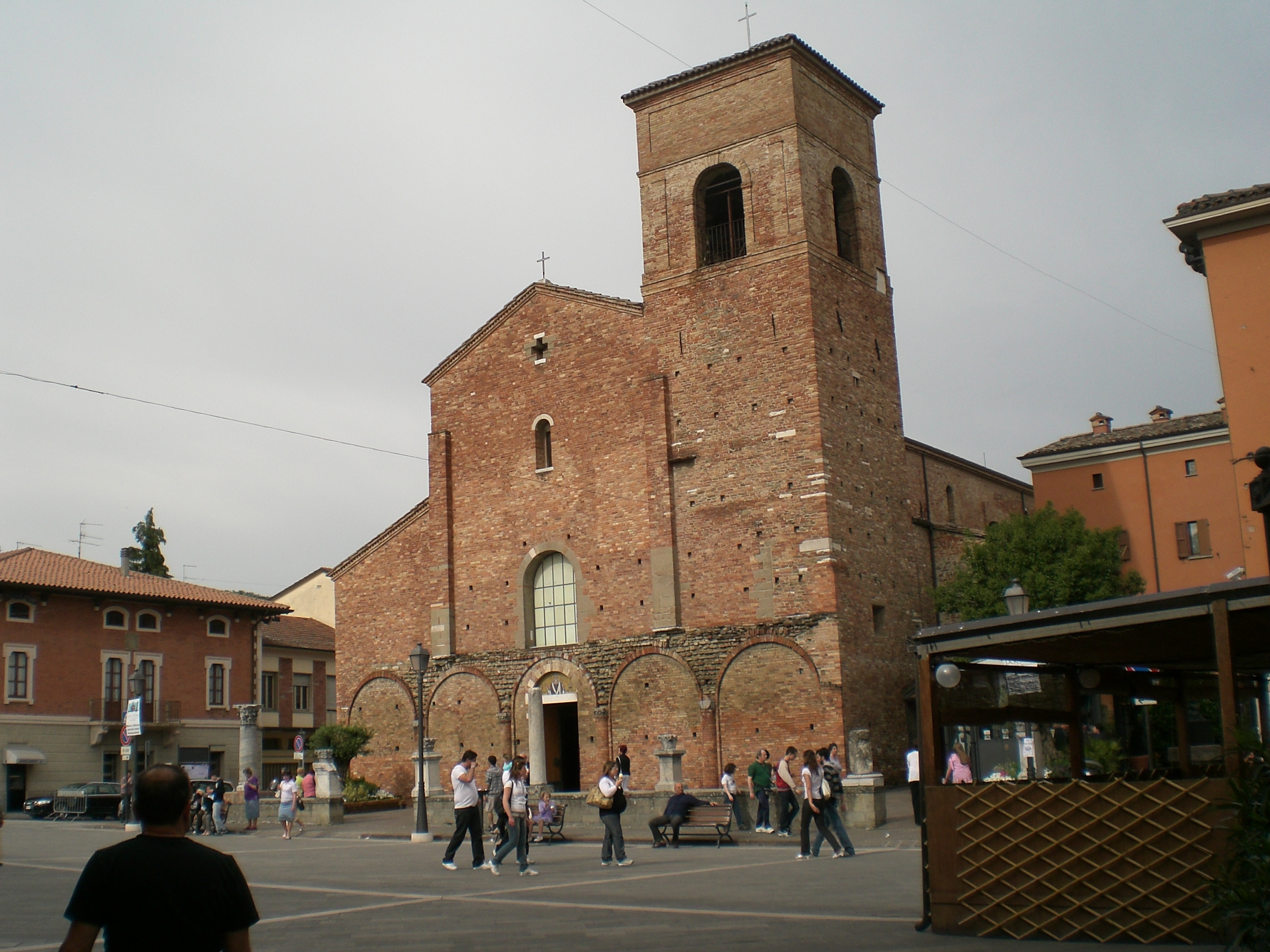Sarsina Cathedral on:
[Wikipedia]
[Google]
[Amazon]
 Sarsina Cathedral () is a
Sarsina Cathedral () is a
Basilica di San Vicinio
official site, entry on Basilica.
 Sarsina Cathedral () is a
Sarsina Cathedral () is a Roman Catholic
The Catholic Church (), also known as the Roman Catholic Church, is the largest Christian church, with 1.27 to 1.41 billion baptized Catholics worldwide as of 2025. It is among the world's oldest and largest international institut ...
cathedral
A cathedral is a church (building), church that contains the of a bishop, thus serving as the central church of a diocese, Annual conferences within Methodism, conference, or episcopate. Churches with the function of "cathedral" are usually s ...
in Sarsina
Sarsina () is an Italian town situated in the province of Forlì-Cesena, Emilia-Romagna, northern Italy. Its territory is included in the Tuscan-Romagnolo Apennines.
History
Ancient Sarsina or Sassina was a town of the Umbri. In 266 BC Roman ' ...
, a municipality in the province of Forlì-Cesena
The Province of Forlì-Cesena () is a province in the Emilia-Romagna region of Italy. Its capitals are the cities of Forlì and Cesena. The province has a population of 394,273 as of 2016 over an area of . It contains 30 '' comuni'' (: ''comu ...
, region of Emilia-Romagna
Emilia-Romagna (, , both , ; or ; ) is an Regions of Italy, administrative region of northern Italy, comprising the historical regions of Emilia (region), Emilia and Romagna. Its capital is Bologna. It has an area of , and a population of 4.4 m ...
, Italy, dedicated to the Annunciation of the Virgin Mary. Formerly the seat of the Bishops of Sarsina, since 1986 it has been a co-cathedral of the Diocese of Cesena-Sarsina.
History
This church likely dates to the 10th century, when a Romanesque structure in brick was begun. The lunette above the entrance portal has a modern mosaic depictingSaint Vicinius Saint Vicinius or Saint Vicinius of Sarsina (; died 330) was the first bishop of Sarsina and is venerated as a Roman Catholic saint.
Hagiography
Vicinius's life is based on notes in an anonymous manuscript lectionary of the 12th century.
Vicini ...
wearing a bishop's mitre and holding a chain. The façade remains unfinished. The interior nave is generally austere.
Chapels added to the lateral aisles, include a chapel (1693) dedicated to the ''Virgin of the Rosary'' with a 17th-century altarpiece with 14 small paintings depicting the ''Mysteries of the Rosary''. On the left nave is also the chapel of the Sacrament (1555), with a Renaissance-style altar.
The presbytery held entrance to a crypt. The main altar has a 10th-century bas-relief depicting ''Christ enthroned with St Gabriel and St Michael''. Among the paintings here are a ''Visitation'' by Michele Valbonesi; and ''Annuciation'' (18th century) by Mattia de Mare; and finally an 18th-century ''Madonna and Child with Santa Lucia and the Souls of Purgatory'' by unknown hands. Near the apse is a canvas depicting the ''Mass of San Gregorio Magno'' attributed to Carlo Cignani
Carlo Cignani (; 15 May 1628 – 8 September 1719) was an Italian painter. His innovative style referred to as his 'new manner' introduced a reflective, intimate mood of painting and presaged the later pictures of Guido Reni and Guercino, as well ...
.
Opening to the nave on the right is the chapel of San Vicinio with elaborate stucco decoration patronized by the bishop Paolo Calbetti in 1755. The altar houses the relics of the saint, while the chains are in the tabernacle. The altarpiece is a ''Madonna and Child with San Vicinio Crowned'' by Ippolito Scarsella, also called il Scarsellino. Michele Valbonesi painted four votive canvases depicting ''Miracles of San Vicinio'' along the walls.official site, entry on Basilica.
Notes
References
{{coord, 43.9188, 12.1437, type:landmark_region:IT, display=title Roman Catholic cathedrals in Italy Churches in the province of Forlì-Cesena 10th-century churches in Italy Romanesque architecture in Emilia-Romagna Cathedrals in Emilia-Romagna